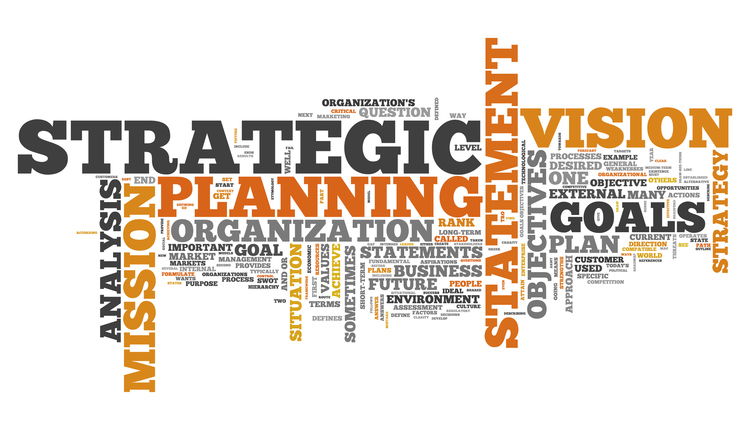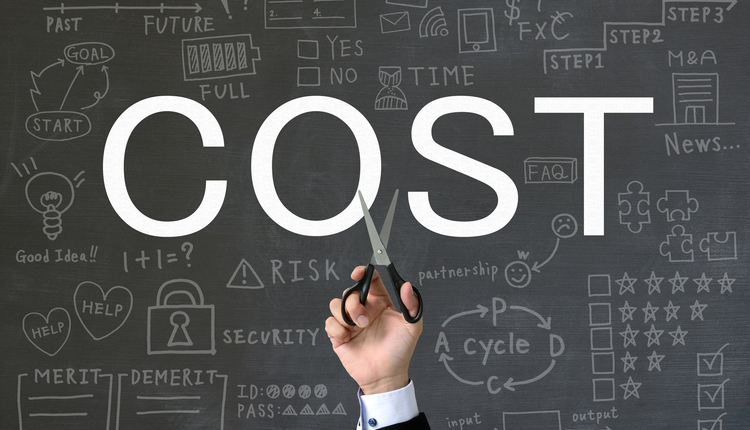Editor's Note: This article first appeared in our 2016 January/February issue. Imagine my surprise when, months later, I was sitting in the opening day session of the National Postal Forum, and PMG Megan J. Brennan announced the USPS was planning on implementing very thing. My first thought was, "Wow, Harry was right!" No official date has yet been announced for the start of this promotion, but we will keep you updated.
This past September, I was at a meeting with the National Postal Policy Council (NPPC) where I serve on the board. Delivering value was the main topic of discussion at this NPPC meeting. James (Jim) P. Cochrane spoke to us about the need to make mail more relevant and to find ways to add more value to mail in order to keep it in the system. Jim is a 41-year veteran of the USPS and has been acting chief marketing and sales officer and executive vice president (CMSO) since April 2015. He reports to the Postmaster General. Jim understands the need to be flexible and change things if needed and many of his accomplishments prove that. For example, he directed the advancement of new mail intelligence, engineering systems, information technology systems, payment technology, secure digital solutions and corporate information security to meet the changing needs of today's marketplace.
As Jim spoke about relevancy and value at the meeting, what immediately came to my mind was “2-4-1 = A Win-Win for All.” It was the title of an article I wrote for Mailing Systems Technology in 2011. The idea of 2-4-1 came about at a Major Mailers Association meeting where Paul Vogel, the president and CMSO for the USPS at the time, spoke about improving the USPS experience for its customers. After his talk, one member brought up the idea that perhaps the USPS would approve allowing business mailers to mail a two-ounce piece at the one-ounce rate. Every major mailer at the meeting liked this idea.
In the meantime, behind the scenes, those of us in the mailing industry did not stay quiet. The National Postal Policy Council (comprised of more than 30 First-Class large business mailers, including my company, DATAMATX, as well as several Fortune 100 companies), along with the Coalition for a 21st Century Postal Service of which many of us NPPC members are a part, is always actively lobbying for lower business rates from the USPS. As such, we knew this 2-4-1 idea was one ruling that would not require the PRC to rule on or Congress to approve, as it is not a rate increase or a mandate. To be sure, we confirmed this at our NPPC meeting, when both Bill Baker, Legal Counsel for the NPPC, and Steve Sharfman, the PRC General Counsel, agreed that this move would not be defined as a rate case. All of our efforts did pay off and the 2-4-1 became a reality in January of 2012 — and it has been a huge success.
As we continued to discuss ideas during this new meeting of the NPPC with Jim, I began to think that if 2-4-1 was a success in increasing mail by making mailing more documents affordable, why not build a better mousetrap — just make it larger by now allowing three ounces at the one-ounce rate. That would give business mailers a little more latitude and alleviate the worry of losing the discount to mail at the single piece rate if they were slightly over the two ounces — adding value. It would help support the demand for creating (and mailing) more documents in color — adding value. It would allow mailers to get the mail to the recipient faster as 3-4-1 would be at the threshold of the cutoff for Standard Mail — adding value. Of course, it would require a 6 x 9 envelope, but many folks are used to receiving transactional bills that way already. So after Jim spoke, I made the suggestion that moving up an ounce to ‘3-4-1’would be a serious additional stimulus for marketing via First Class.
Just as adopting the 2-4-1 suggestion on the part of the USPS was easy since there were no legal restrictions to worry about and it didn’t need the PRC to rule or Congress to approve, adopting 3-4-1 could happen just as smoothly. And the benefits would be the same — just expanded to encourage using the mail more often and more creatively:
- Transactional mailers won’t have to squeeze the billing detail and the important promotional messages on the statements themselves, allowing for the opportunity to use more reader-friendly fonts.
- It opens up the ability to take full advantage of white space opportunities (targeted, measurable advertisements or promotional offers usually printed at the bottom of bills or statements), as well as variable data printing (a form of on-demand printing) — both of which are proven ways of positively impacting response rates.
- Companies will have greater flexibility to offset mailing center costs by including additional promotional offers with every communication, such as higher-quality (thicker) newsletters that include important credit union information and service offering updates.
- Statements can be used to inform, educate and strengthen member loyalty by providing additional information, such as announcements, disclosures and notifications, as well as to conduct consumer research with surveys and reply cards.
- Along with adding value to mailings, it will help our Postal Service by keeping more paper mail in the system.
- It will continue to slow the fast-moving tide of using only electronic solutions to communicate versus print.
The USPS issued a press release this November comparing 2015 results of operations to 2014. It reported that First-Class Mail and Standard Mail volume decreased by 2.2% and 0.3%, respectively and operating expenses of $73.8 billion increased by $648 million, or 0.9%. Certainly the Postal Service feels the impact of a drop in the volume of First Class mail it delivers — which means continuing to find avenues for changing the way it does business. All of us in business know that tough times in a business call for tough decisions — and creative solutions. The USPS must continue to fine-tune and streamline its procedures for handling high volume mail with improved time and cost efficiencies like IMb, as well as offer innovative methods that help decrease the cost of using the mail system.
As business mailers, I think we do have a responsibility to continue to look for ways to help the USPS remain a viable enterprise. Most recently, I was at another NPPC meeting where Isaac Cronkhite, manager of processing operations at United States Postal Service spoke — and listened. One of the business mailers at the meeting commented on the slow delivery his customers were experiencing. Of the pieces that customers said were arriving late, eight out of the 10 were mailed as flats. Cronkhite explained that flats have a tendency to stick together in automation, slowing things down. The 6 x 9 envelope that 3-4-1 would use goes through the automated process better. I couldn’t help but see it just one more way to show how adopting 3-4-1 adds value — and made it a point to go up to Isaac after his talk and bring up the idea to him.
Adding more value to printed mail is of interest to all of us. Rising postal costs in this continued tough economy — and postal requirements that keep changing and growing in complexity — are certainly two solid reasons why. In 2011, in this very publication, I predicted 2-4-1 would be a win-win for mailers and the USPS and it was. I think 3-4-1 will be a win-win as well — providing the extra value needed to keep printed mail relevant.
Harry Stephens is President/CEO and founder of DATAMATX, one of the nation’s largest, privately held full-service providers of printed and electronic billing solutions. As an advocate for business mailers across the country, Stephens is actively involved in several postal trade associations. He serves on the Executive Board of the Greater Atlanta Postal Customer Council, Major Mailers Association (MMA), PCC Advisory Committee (PCCAC), and the Board of the National Postal Policy Council (NPPC). He is a board member of The Imaging Network Group (INg), an association for Transactional and Direct Mail Marketing service bureaus. As an expert on high-volume print and mail, he has frequently been asked to speak to various USPS groups. You can contact Harry Stephens at hstephens@datamatx.com













